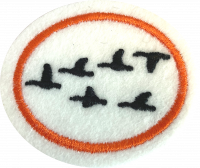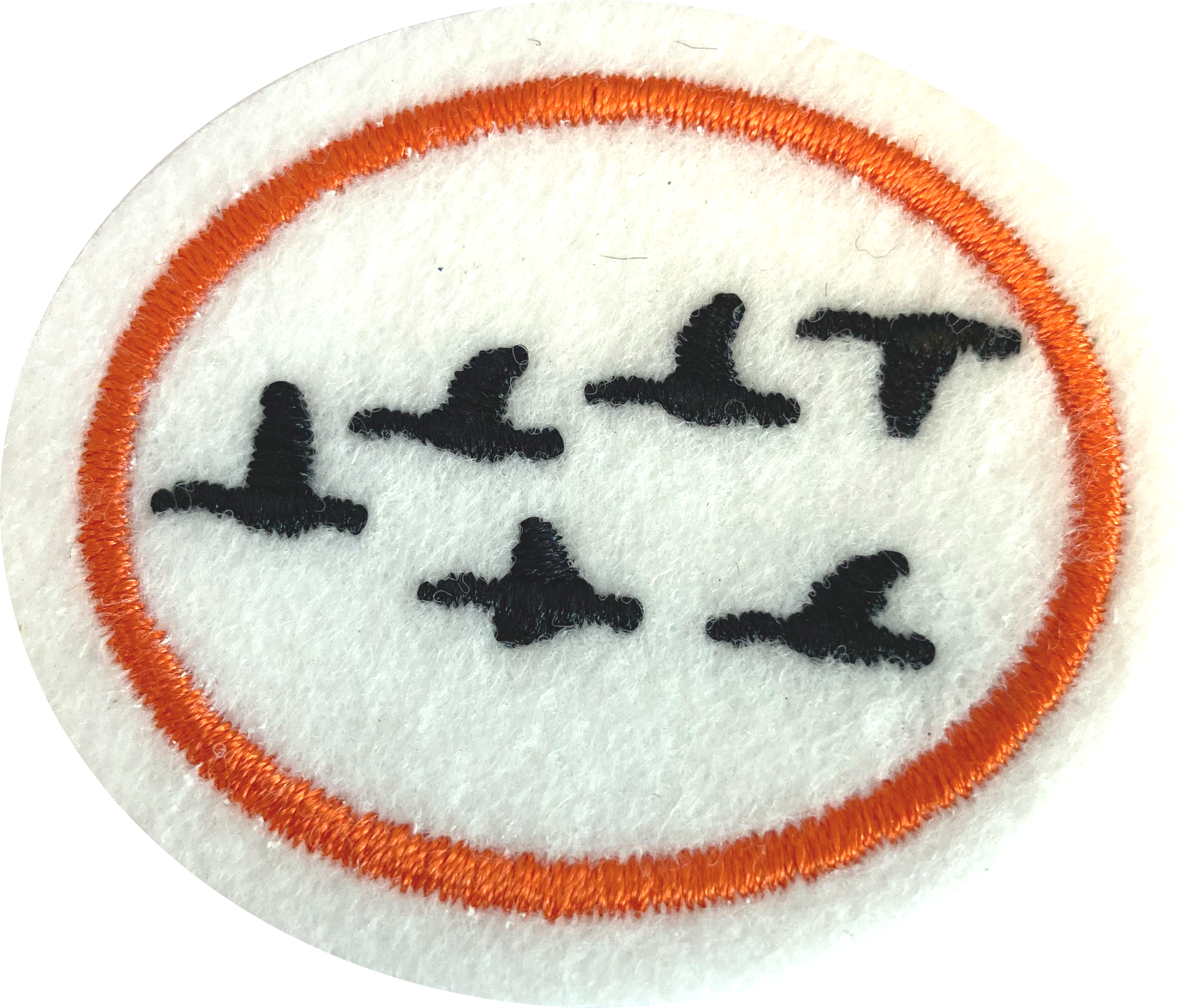AY Honors/Migration/Answer Key
1
The dictionary definition of migration is the seasonal movement of animals from one place to another. It can also be the movement of people from one place to another, though not necessarily seasonally.
It is important to remember that migration is different than an animal simply moving around. After all, a migration may be only a few feet for some animals. The difference is that a migrating animal usually moves into a different environment for a specific purpose, be it food, a mate, a change in temperature, etc., while an animal that is simply moving around, typically doesn't have a reason to move outside of its current environment.
Humans have known about migration for many thousands of years. However, they did not know much about it except through observation of the animals from the places they lived, giving them only a partial understanding about what migration is. They could see that the birds or game animals would leave at a specific time each year and would return the next year. Much of the time, they did not know where the animals were going, or what made them go, coming up with extraordinary stories to try and explain the patterns. One exception was the Native Americans, who were experts at knowing the patterns of the animals they hunted. Many tribes relied on hunting these animals and would follow them in their migrations each year. However, most migrating animals, such as birds and some insects, were too fast for people to follow, and their migrations went without much study for many years.
Once global travel became achievable, scientists were able to figure out where the migrating animals were going. With the fairly recent invention of tracking tags and devices, scientists are now able to even track these animals remotely, learning their patterns and their destinations.
2
Animals migrate primarily to find food and water, often because they live in seasonal areas that don’t have food or water year-round, which forces them to relocate before they are at risk of death by starvation or thirst. They may also migrate to avoid the cold, which they may not be capable of surviving, or to find better grounds for reproduction.
3
Scientists don’t fully understand this. They can only guess how so many animals decide to migrate at the same time, even though they may be continents apart. It may have something to do with the length of the day, the temperature, or something that we don’t know about yet!
Scientists do know that some animals can use the magnetic field of the earth to find their way, similar to having a built-in compass. Most travel to the same place each year, so they might use landmarks that they remember from year to year to help guide them back. Regardless, God cares for even the least of His creatures, and telling them when to migration is one of the ways that He cares for them!
4
4a
4b
4c
4d
4e
4f
4g
5
6
7
8
- a. Common name and scientific name
- b. Migration route (draw a diagram of the route taken and the estimated number in the migration)
- c. Migration distance
- d. Reasons for migration
Creatively present what you have discovered.
9
10
11
11a
11b
11c
11d
11e
11f
11g
11h
12
12a
12b
12c
12d
If you are planning to visit a zoo or aquarium, be aware that there are various honors that have requirements which can be met by visiting a zoo or aquarium. Individuals can work on multiple honors in one visit, or parts of your group may work on different honors during the same visit.
Here is a list of honors which have requirements that can be met by visiting a zoo or aquarium:
12e
12f


